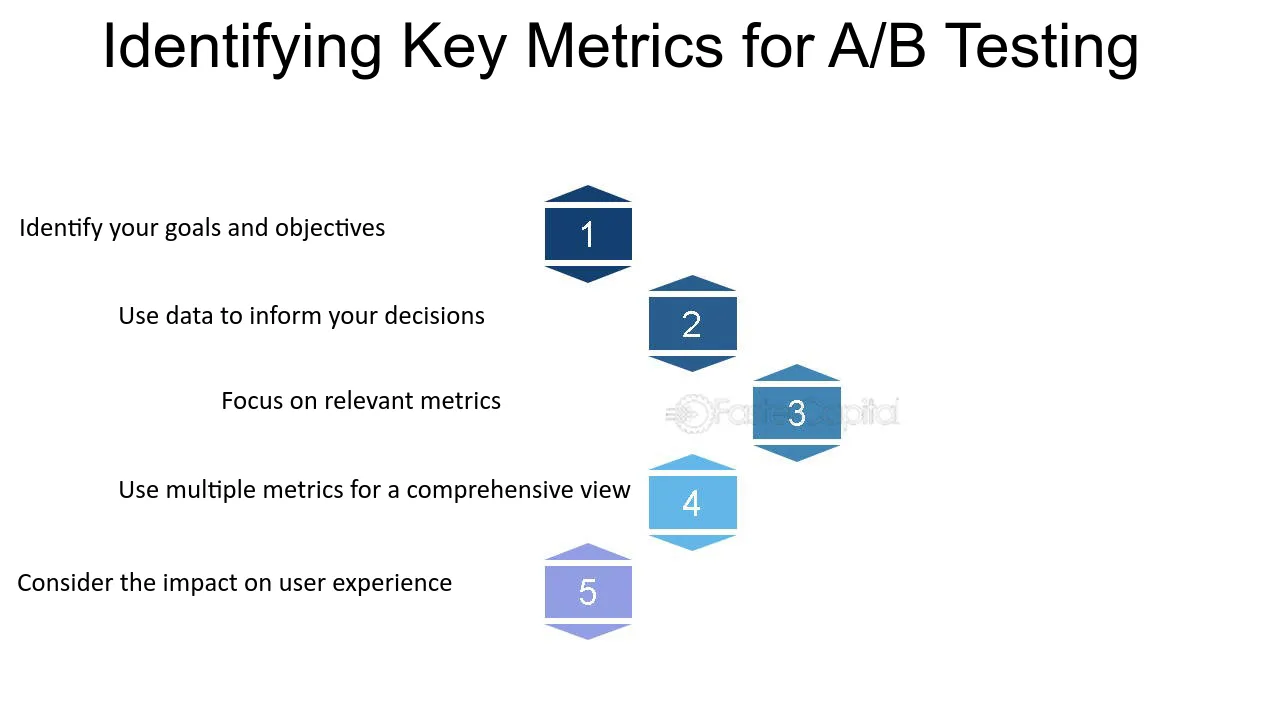In the digital realm, where businesses thrive on data-driven insights, A/B testing emerges as a beacon of precision and effectiveness. A/B testing, also known as split testing, is a methodical approach to compare two versions of a webpage or app to determine which one performs better. From enhancing user experience to optimizing conversion rates, A/B testing holds the key to unlocking the full potential of digital assets. This comprehensive guide delves into the strategies essential for executing successful A/B tests and leveraging the power of data-driven decision-making.
Understanding A/B Testing: A/B testing involves creating two or more versions (A and B) of a webpage, email, or app interface, where one element is altered to assess its impact on user behavior. These variations are presented to different segments of the audience simultaneously, and their performance metrics are meticulously analyzed to determine the most effective version. The key metrics typically evaluated include conversion rates, click-through rates, bounce rates, and engagement metrics.
- Define Clear Objectives: Before embarking on an A/B testing journey, it is imperative to establish clear and measurable objectives. Whether the goal is to increase sign-ups, boost sales, or enhance user engagement, defining specific key performance indicators (KPIs) ensures focus and clarity throughout the testing process.
- Identify Hypotheses: Formulating hypotheses lies at the heart of effective A/B testing. Hypotheses articulate the expected impact of the changes being tested on user behavior. These hypotheses should be data-driven, informed by insights from analytics, user feedback, and industry best practices. Clear hypotheses not only guide the testing process but also facilitate meaningful interpretation of results.
- Prioritize Testing Elements: In A/B testing, not all elements warrant equal attention. Prioritizing elements based on their potential impact and ease of implementation is crucial. Focus on high-impact elements such as headlines, call-to-action buttons, and page layouts, while also considering factors like traffic volume and testing duration.
- Design Thoughtful Variations: Crafting variations that resonate with your audience requires a blend of creativity and data-driven insights. Whether tweaking copy, adjusting visuals, or refining user flows, every variation should align with the overarching objectives and hypotheses. Strive for clarity, simplicity, and relevance to ensure meaningful results.
- Implement Robust Testing Frameworks: Executing A/B tests demands meticulous planning and execution. Establish a robust testing framework encompassing elements such as sample size determination, randomization, and statistical significance thresholds. Adhering to best practices ensures the reliability and validity of test results, empowering informed decision-making.
- Monitor and Analyze Results: Vigilant monitoring and analysis are paramount throughout the testing phase. Leverage analytics tools to track key metrics in real-time and gain insights into user behavior. Once sufficient data is gathered, perform rigorous statistical analysis to ascertain the significance of observed differences between variations.
- Iterate and Optimize: A/B testing is not a one-time endeavor but rather a continuous cycle of optimization. Use insights gleaned from test results to refine hypotheses, iterate on variations, and explore new testing opportunities. Embrace a culture of experimentation, where data-driven insights drive iterative improvements across digital assets.
Case Studies and Best Practices: Illustrating the efficacy of A/B testing through real-world case studies and best practices reinforces the importance of strategic testing methodologies. Highlight success stories from diverse industries, showcasing how organizations have leveraged A/B testing to achieve tangible results, whether in terms of revenue growth, user engagement, or conversion optimization.
Conclusion: In an era defined by data abundance and digital dynamism, A/B testing emerges as a linchpin of effective decision-making. By adhering to strategic principles and best practices, businesses can harness the full potential of A/B testing to optimize user experiences, drive conversions, and stay ahead in competitive landscapes. Embrace the iterative nature of experimentation, and let data be your guiding light in unlocking new realms of digital success.
This article aims to equip readers with the insights and strategies needed to embark on successful A/B testing endeavors, paving the way for data-driven excellence in the digital sphere.
